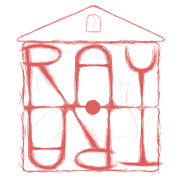Collaboration with Nadiya Petrovska
Concrete, glass, plastic, acrylic, liquid.
Size: 12 x 13 x15 cm
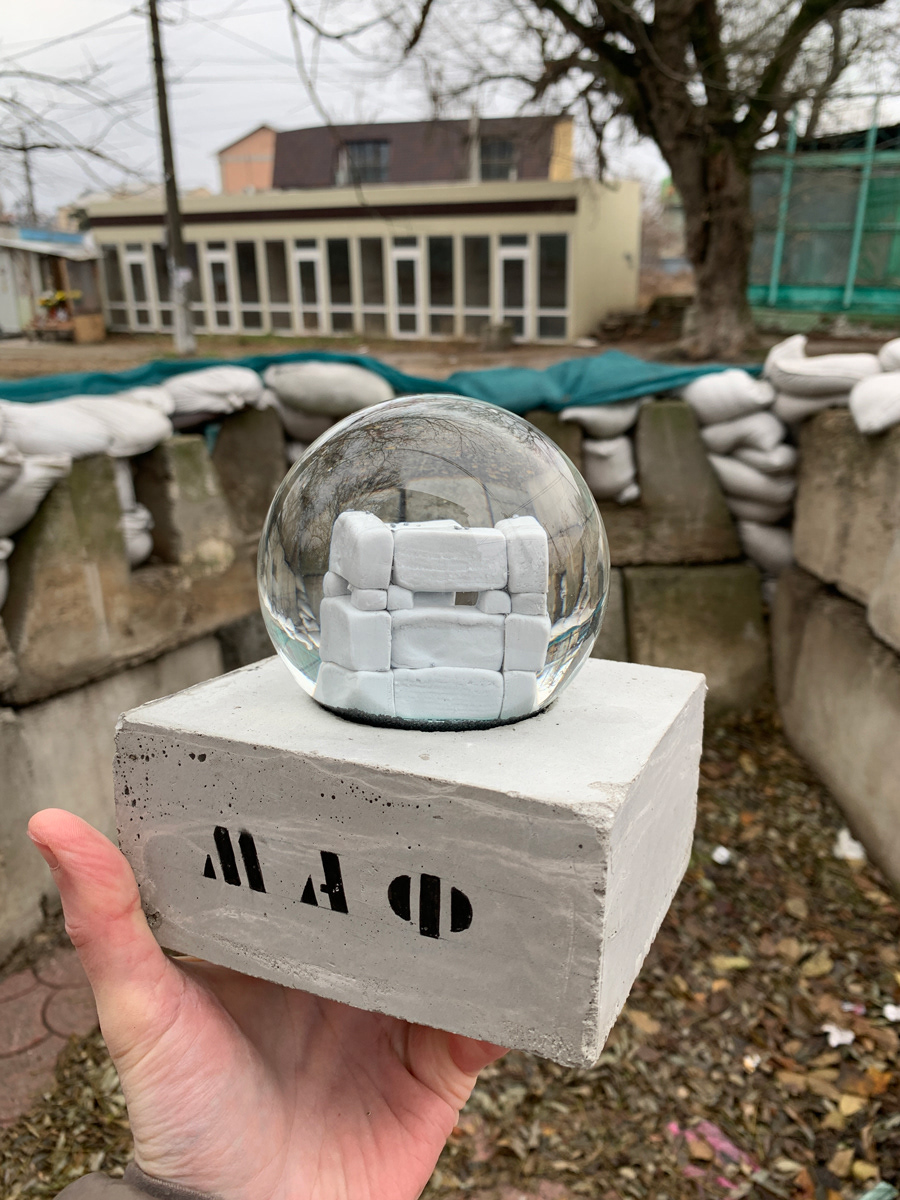

A small architectural form is a small building for decorative, auxiliary, or other purposes, used to enhance the aesthetic appearance of public places, organize space, and complement the composition of buildings and their complexes. The construction must fit into the overall panoramic view, organize the space, and carry an aesthetic load.
At the beginning of March, when Kherson fell into the hands of the "liberators" who proclaimed the "Russian World," the first thing they did was supplement the city's main administrative building with such decorative structures. It's obvious: the Russian World demands Russian SAFs—Small Architectural Forms. Until the very end of the occupation, every such kiosk housed a Russian liberator with his tool for liberation. If I had been a little more courageous or stupid, I would have passed by and handed money through the window with the words, "One ticket. Adult." (to the theater of the absurd, a circus performance, or a one-way ticket—whichever resonates more).
Of course, these Small Architectural Forms stood there to protect what was happening in the nearby Large Architectural Forms. The main one was the building of the Administrative Court, where during the occupation, the rocket artillery of the Ukrainian Armed Forces visited the meeting of the occupation "administration," making it timeless. In the first days after the city's liberation, Kherson residents with both courage and stupidity got a unique chance to look into the stopped heart of the "Russian World." I looked in, too.
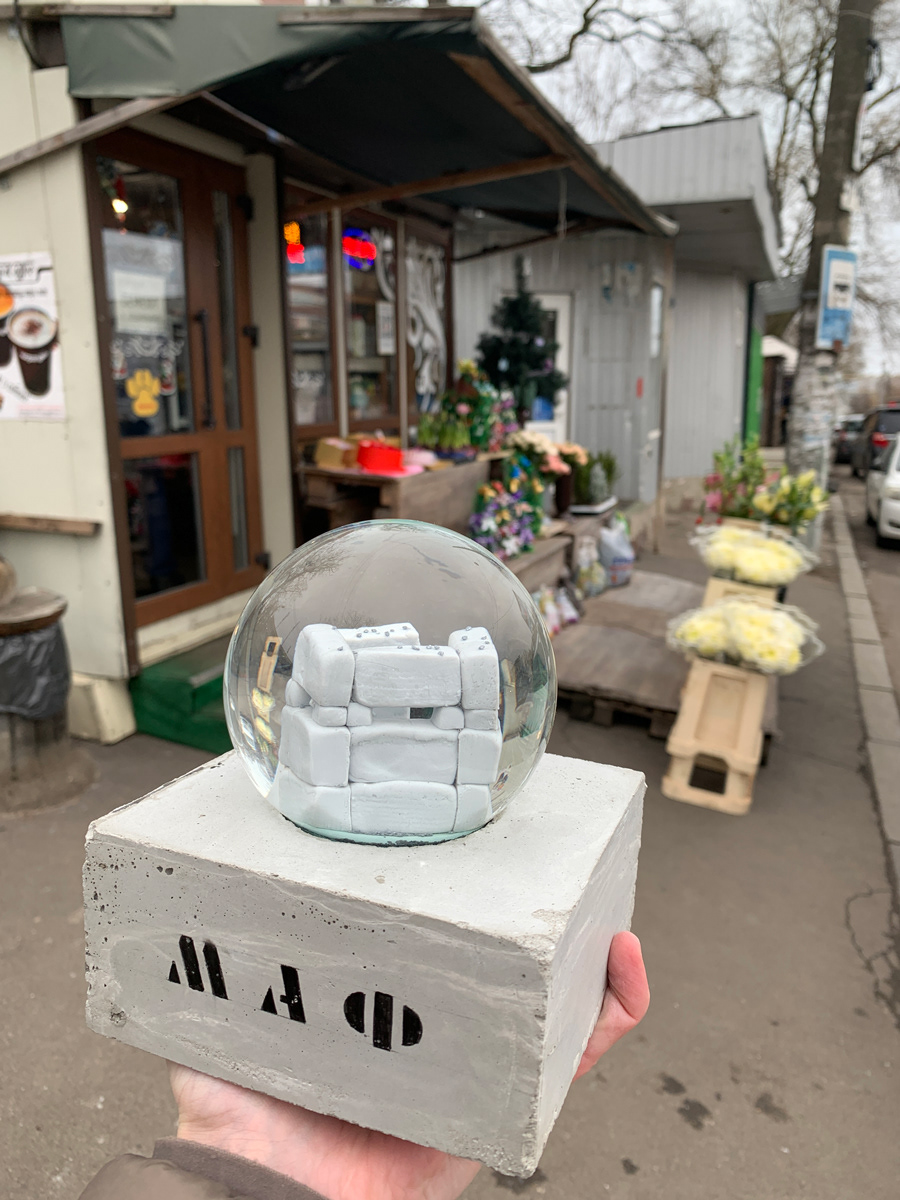
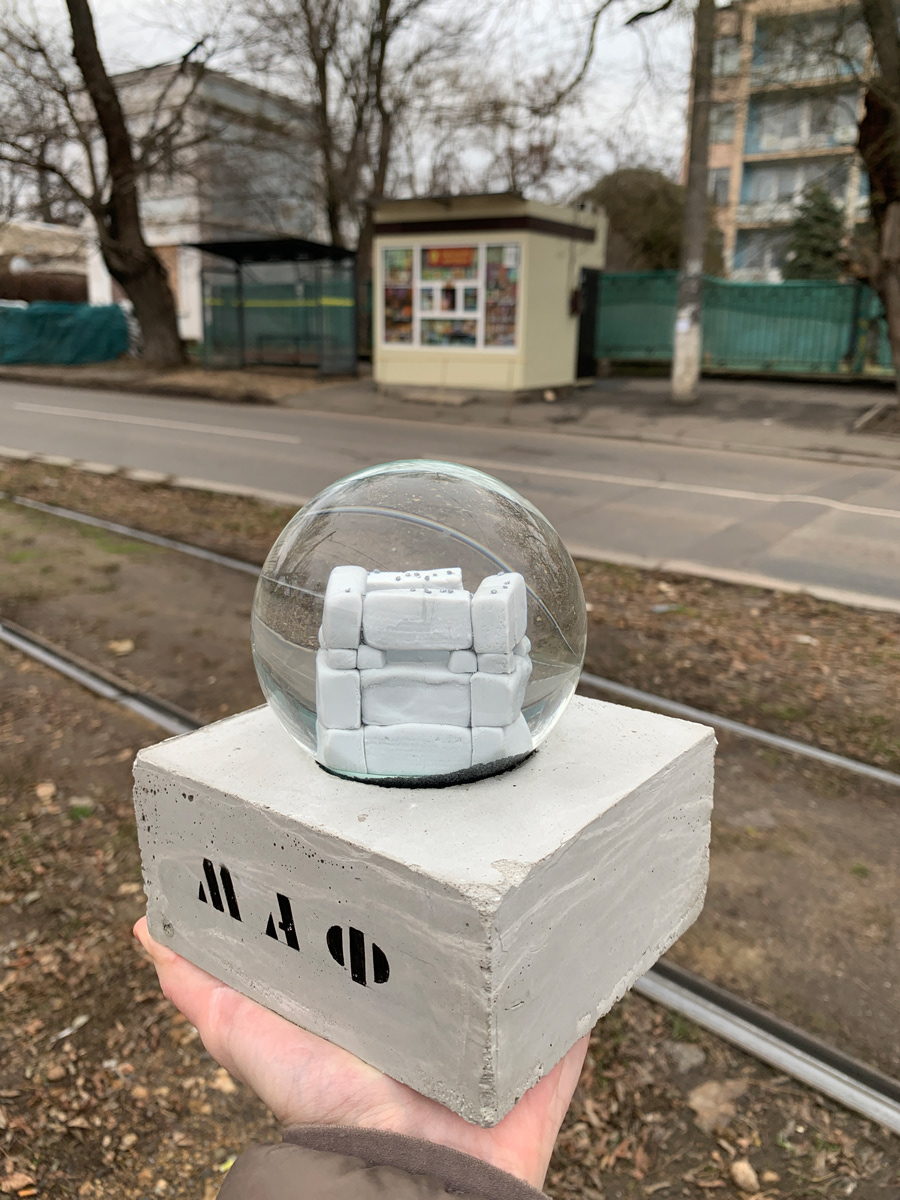
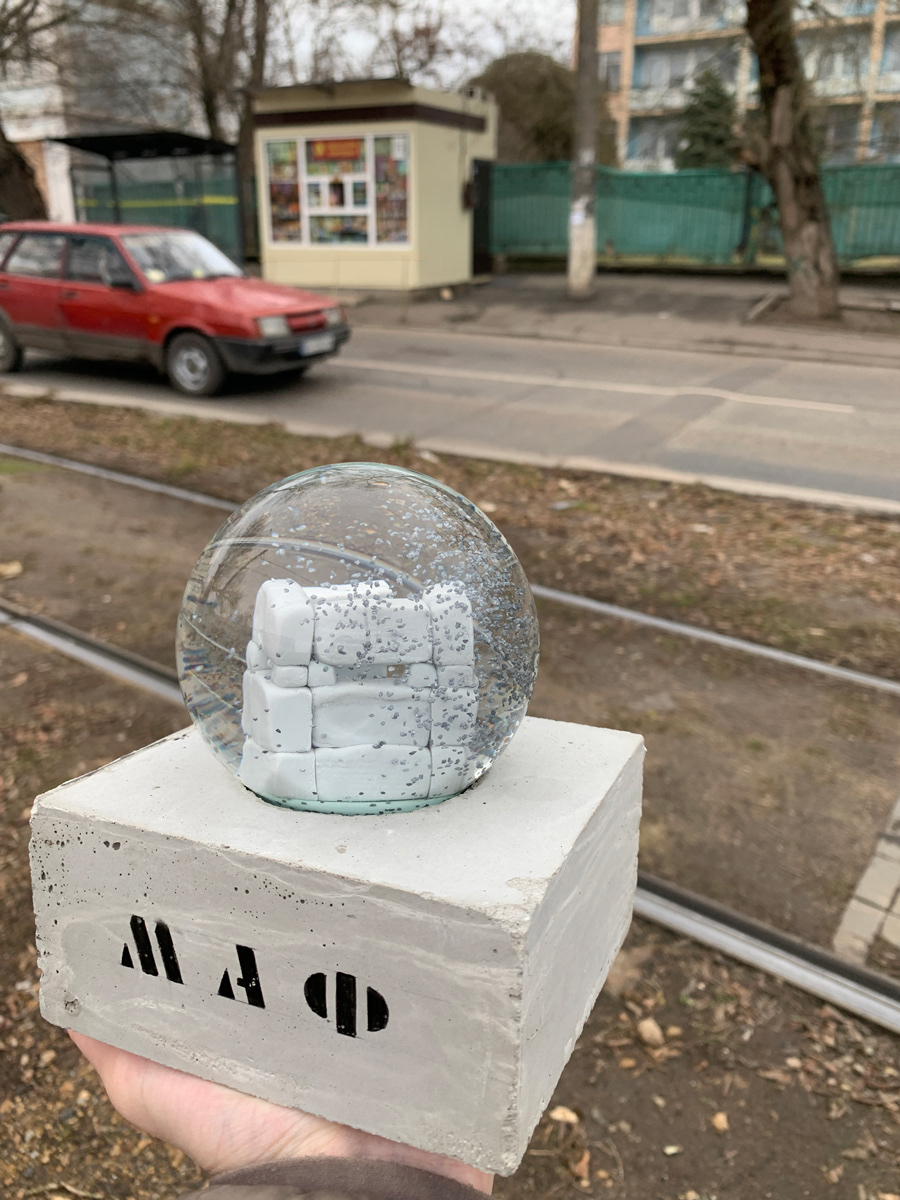
The first thing that caught my eye was the pinpoint precision of the UAF. All the missiles landed in one specific part of the building. Among the many unremarkable offices covered with concrete dust, two adjoining rooms on the ground floor at the end of the corridor attracted the most attention. In one, hand-drawn diagrams were pasted on the wall near the windows, detailing where a liberator with a machine gun should stand on an alarm signal. The diagrams included "liberation" sectors and some kind of combat spells whose meaning was understandable only to military magicians. In the middle of this mystical secret room was a civilian "VODNIK"—not the name of a sanatorium or a medical device, but a homemade device made from two plastic bottles of different calibers for the recreational, or perhaps religious or combat, use of narcotic plants. In the room opposite, which had once served as a public toilet, but was now a shamelessly filthy public toilet, feces lay everywhere and stank. Undoubtedly, the lack of water or a cleaner could only partially explain this magic. Fortunately, there was no one to ask about the metamorphoses that had occurred in the room. Nor was it necessary. The whole essence of the "Russian World" was here, in these two rooms of the Large Architectural Form, reliably guarded by the Small ones.
The paradox is that the world of our psyche is no better. For each traumatic memory or flaw, it sets up such a "kiosk" with a machine gunner who reliably protects it in all available ways: aggression, avoidance, devaluation, lethargy, manipulation, or, in some cases, even Ukrainization. The more such SAFs there are, the less chance there is for normal relationships with other people, personal fulfillment, and a happy life. After the liberation of Kherson, the SAFs were eventually removed. I wish the same for you!
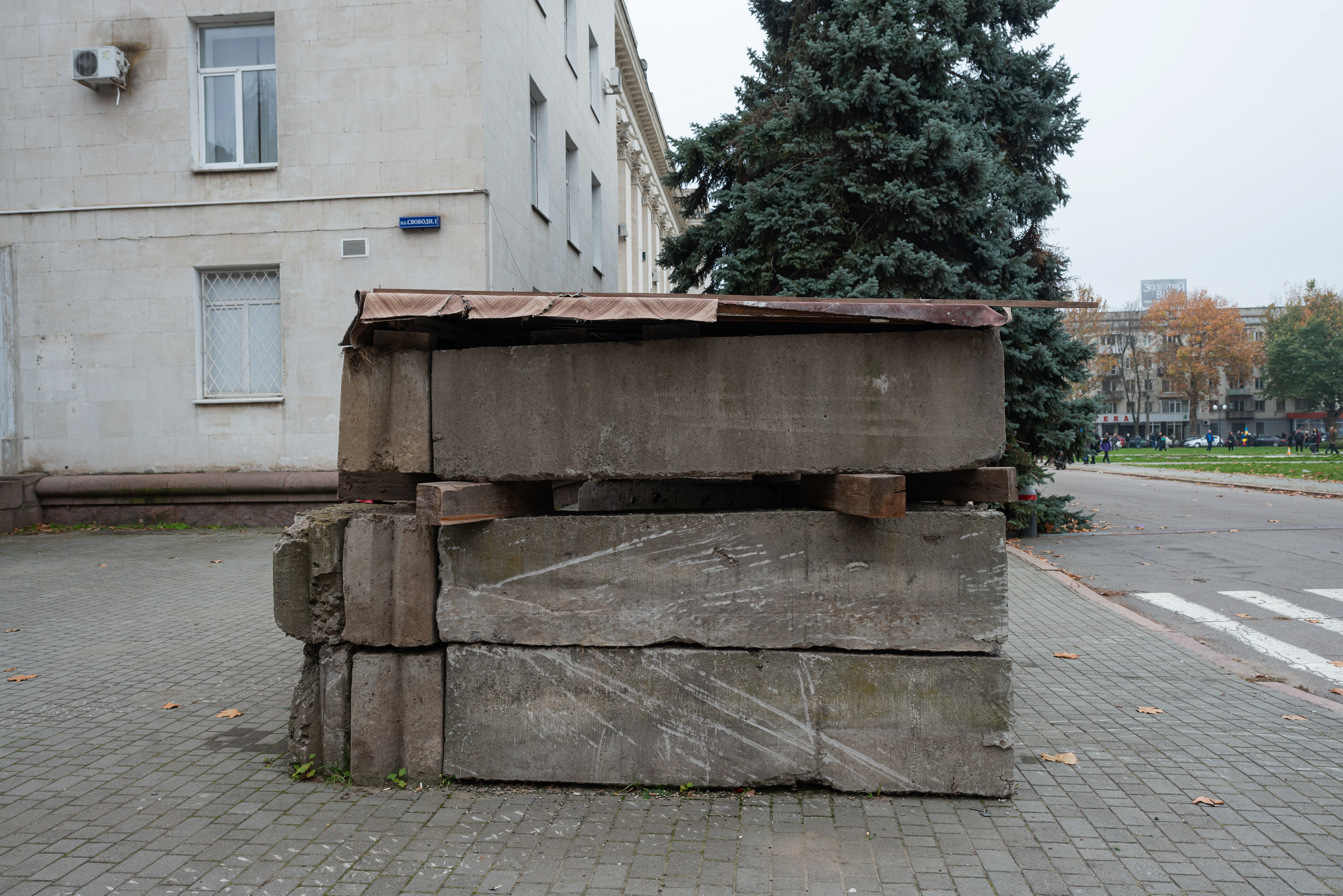
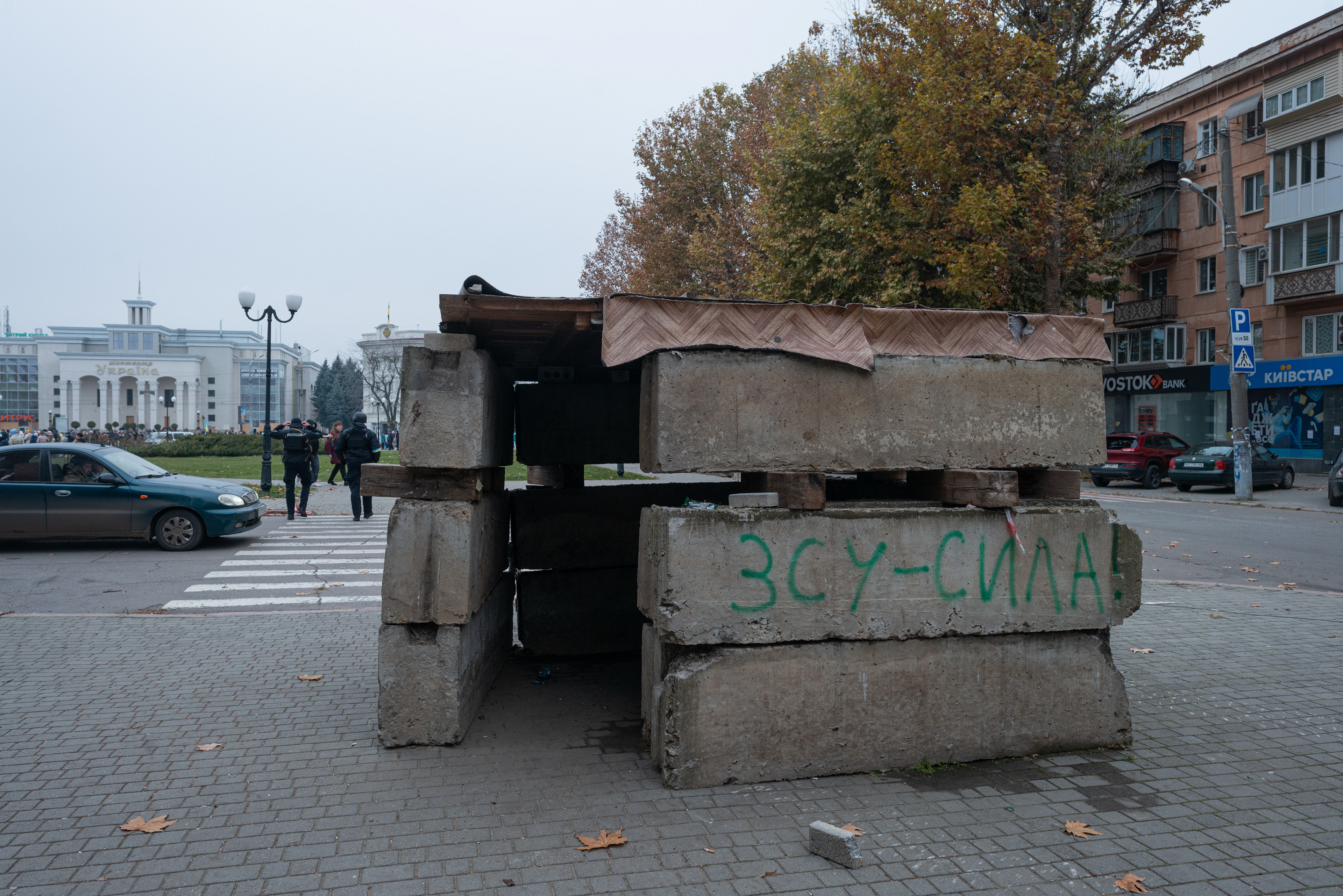
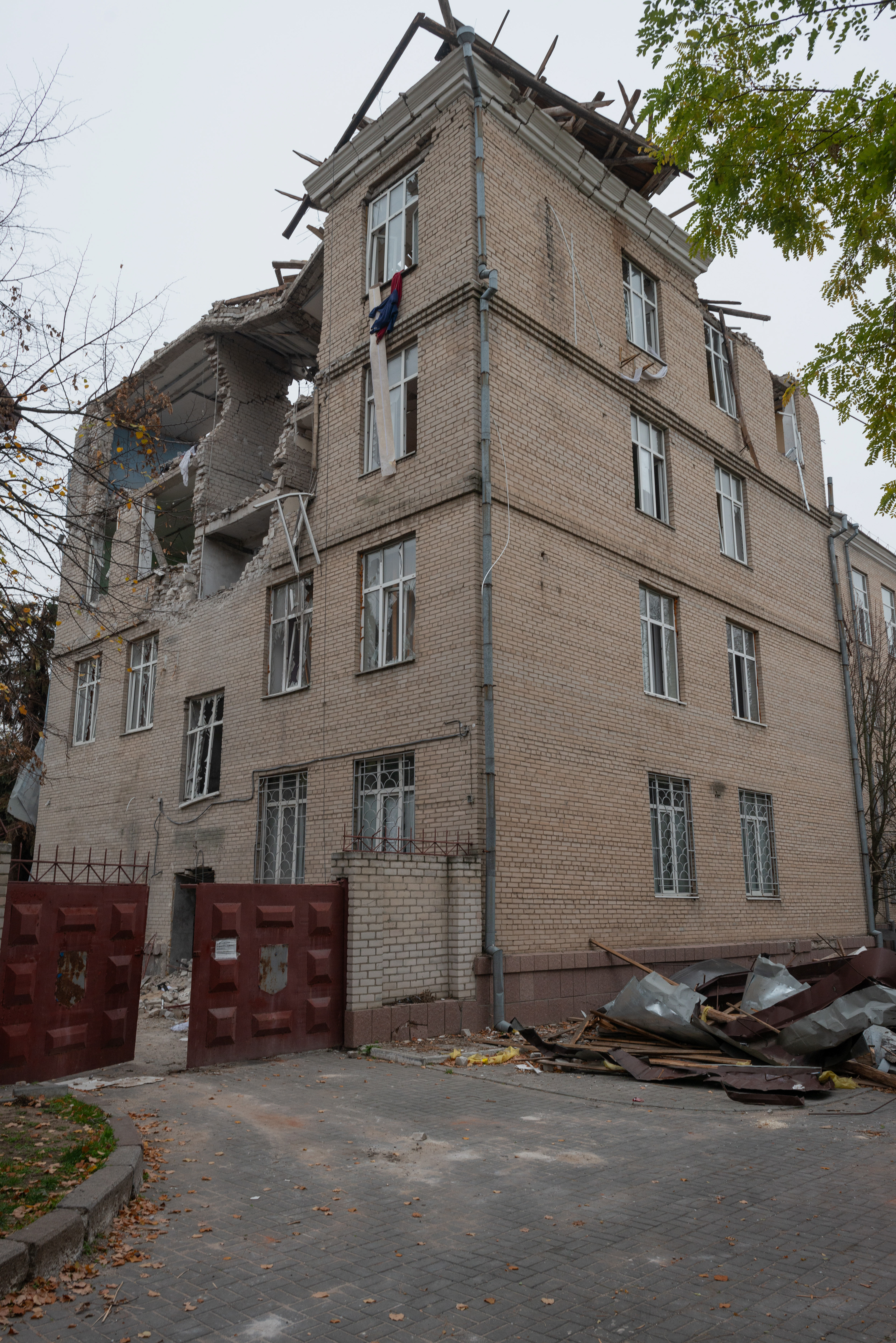
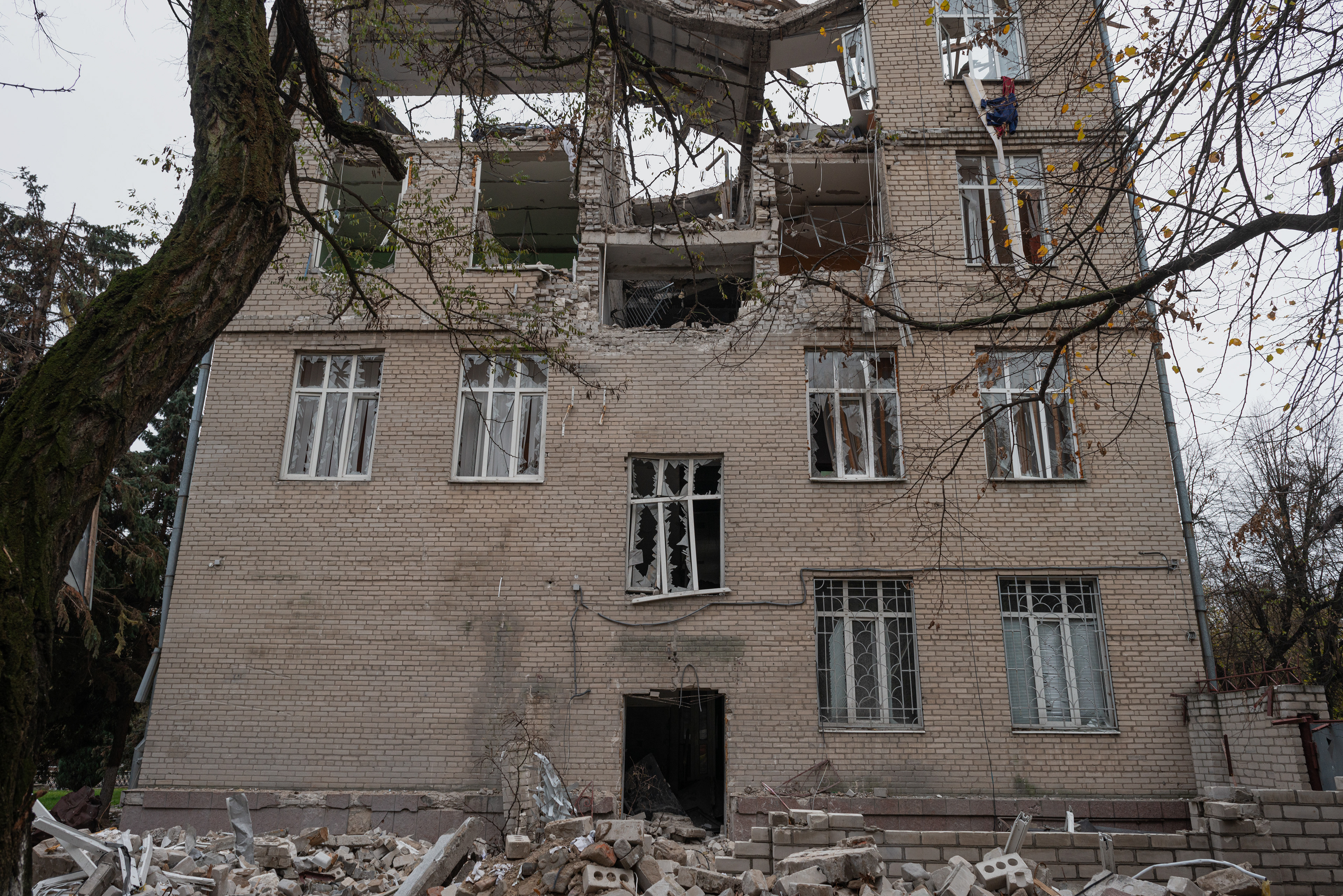

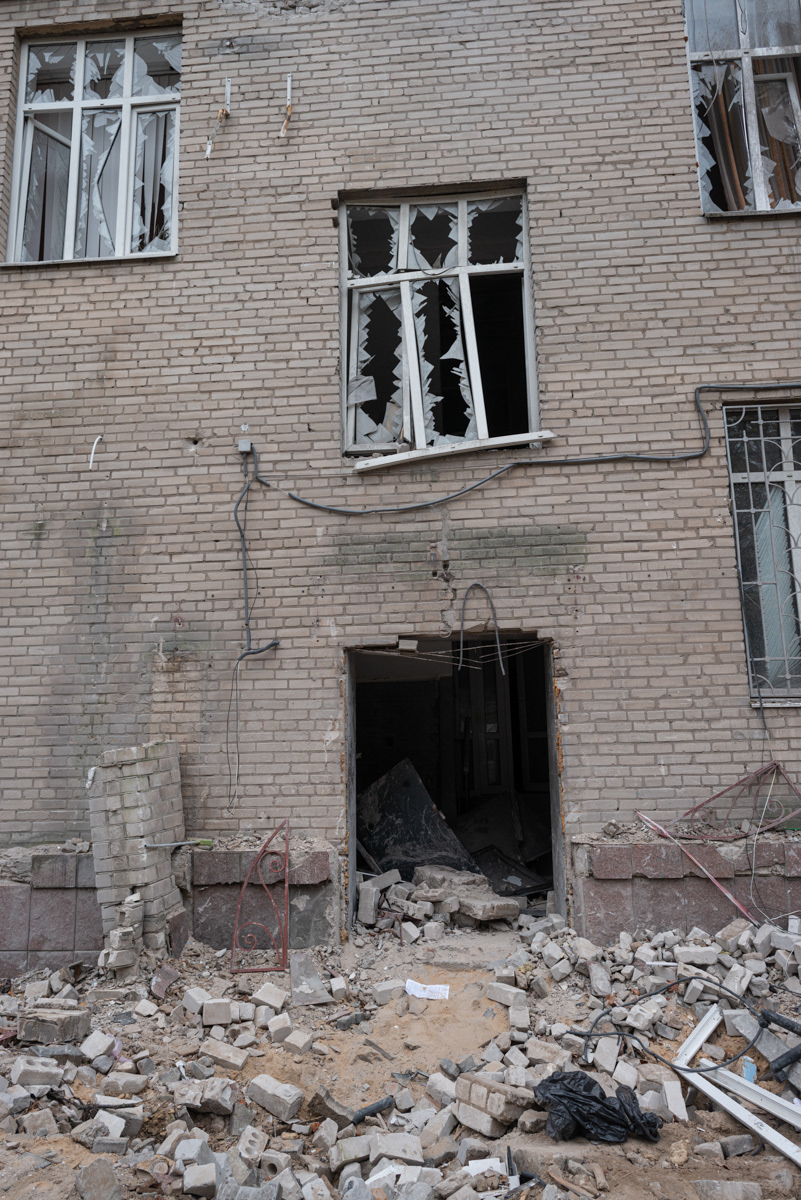



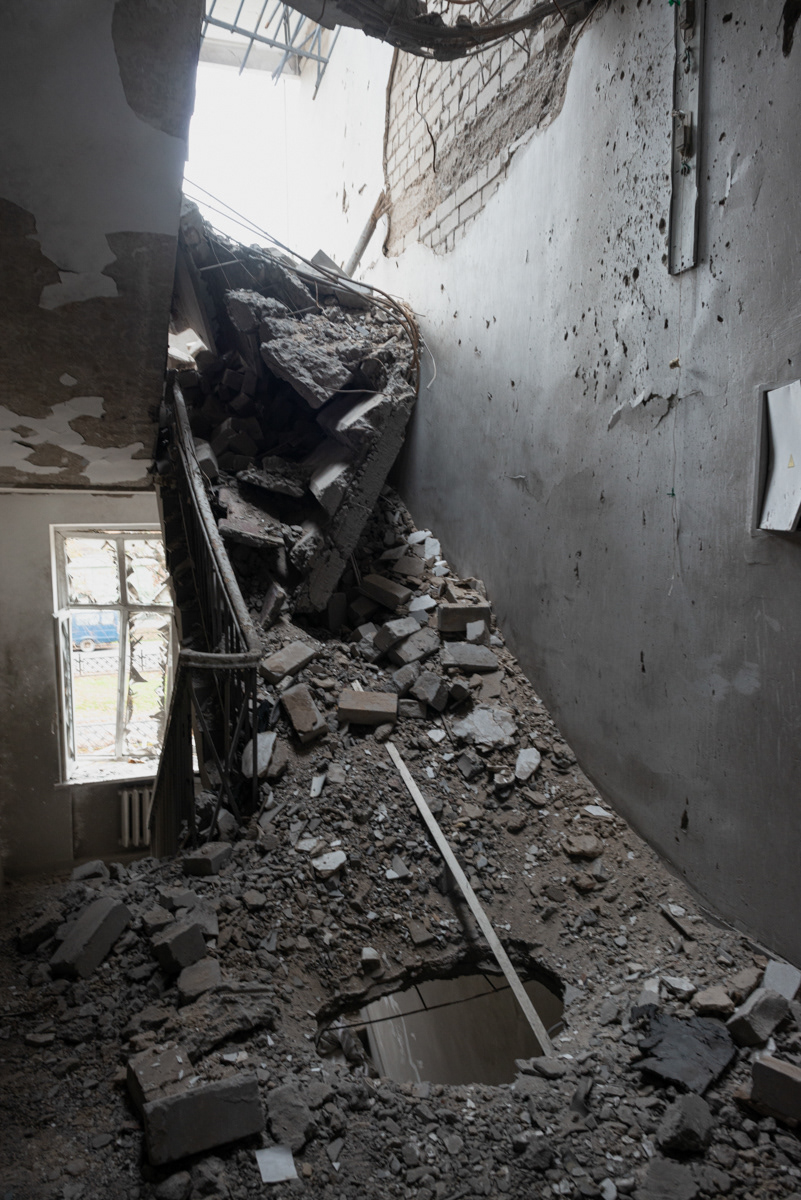

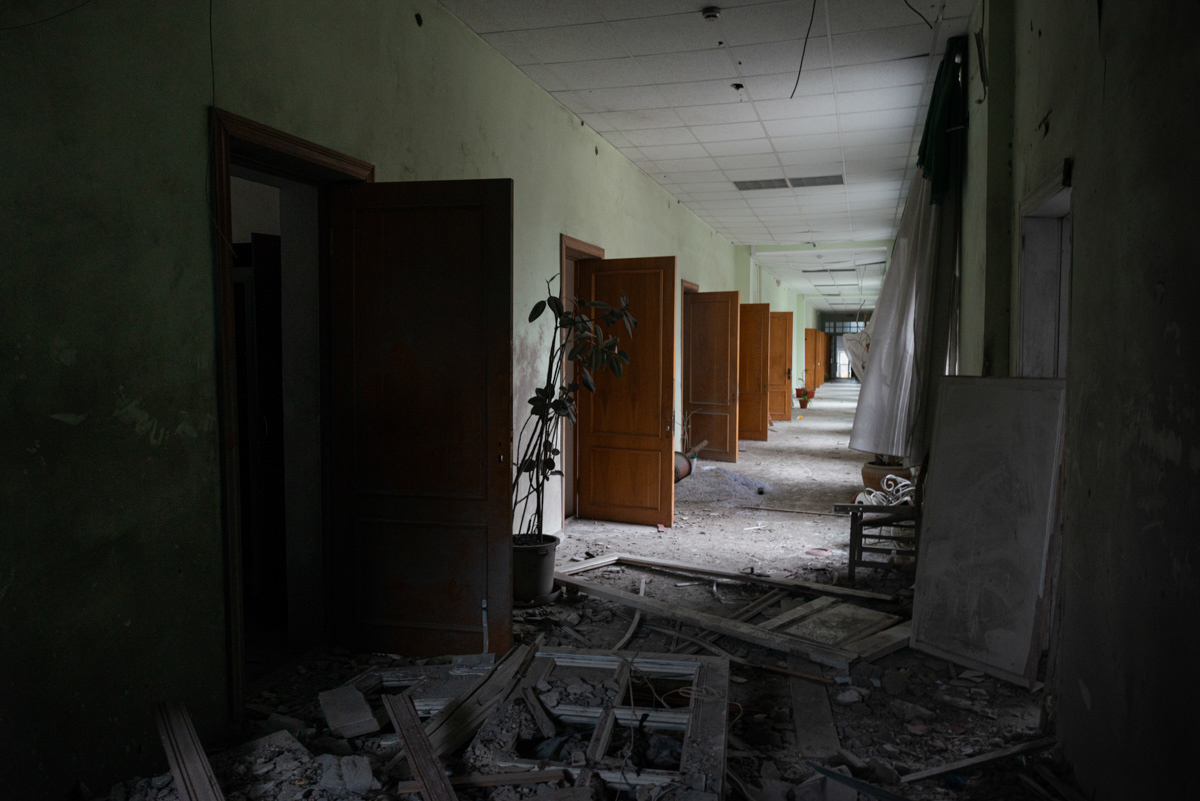

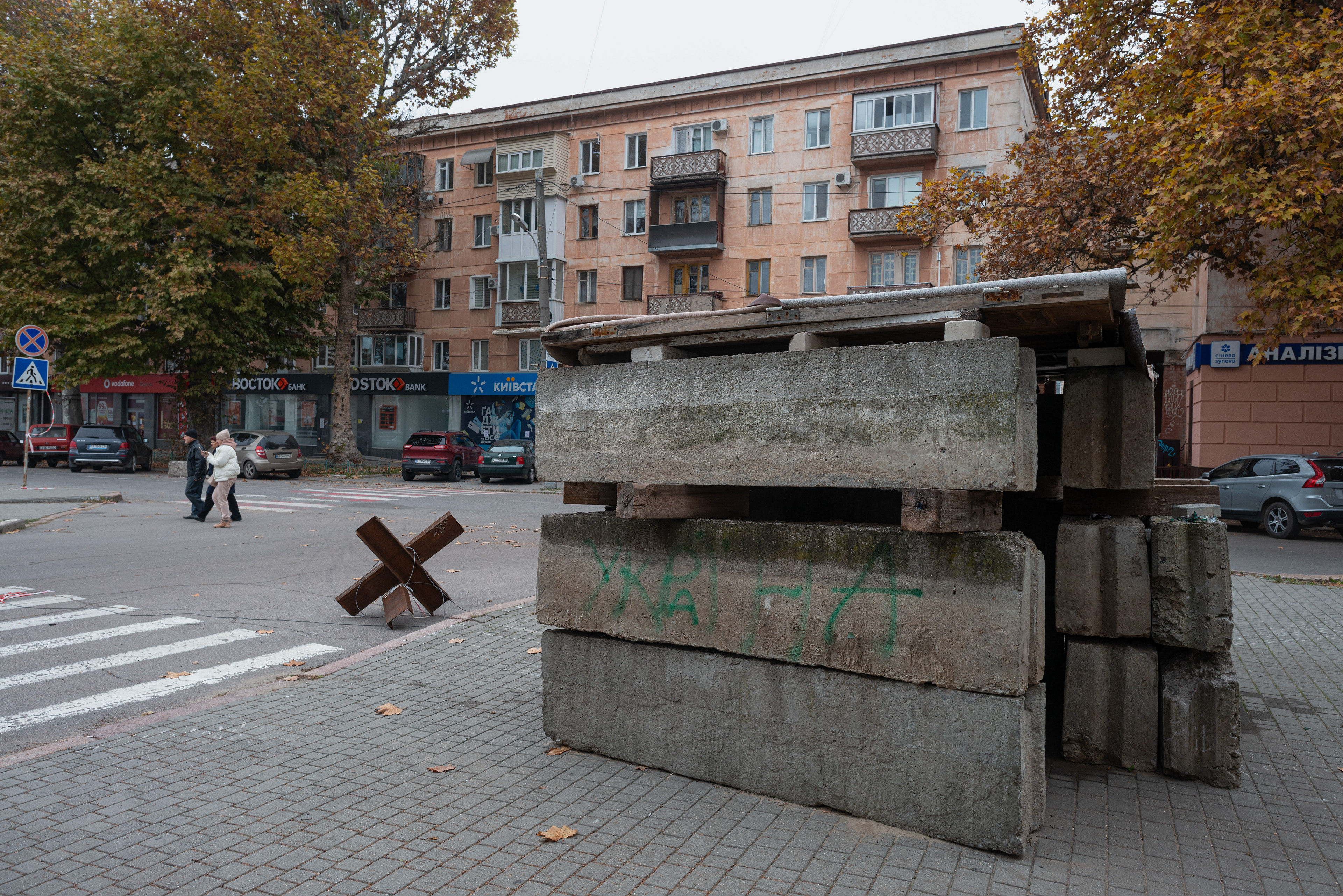
Series concept
The gift that no one would want to receive.
No one in their right mind would ever want this gift. Yet, fate and our nervous systems grant it to us, leaving us with no other choice. War is a profound trauma. While the conflict will eventually end, the triggers—certain objects, sounds, and places—will repeatedly pull us back into the raw feelings and states we once experienced. These memories settle at the bottom of our psyche like a heavy block of concrete, lying dormant as long as they are connected to intense negative emotions. We cannot move forward until we have reconsidered these events and understood how they have reshaped our personalities and values for the better. Only then can these memories be transformed into the foundational blocks of the person we are yet to become. Triggers cannot be escaped; they must be confronted and discharged so they are not inherited by our children.
